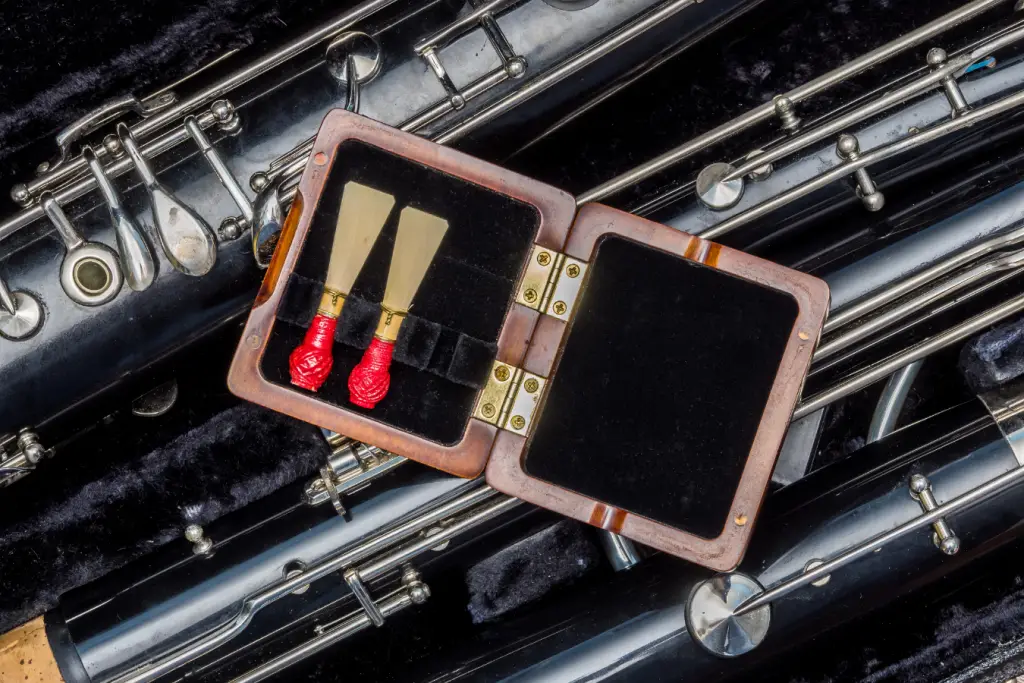Choosing the right piece for a bassoon audition is essential for showcasing your technical abilities, musicality, and overall command of the instrument. Whether you’re auditioning for an orchestra, music school, or competition, selecting a well-suited piece can make a lasting impression on the judges. This guide will explore the best bassoon pieces for auditions, categorized by difficulty level, and provide tips for choosing the right repertoire.
Factors to Consider When Selecting an Audition Piece
- Technical Difficulty: Choose a piece that highlights your technical strengths without exceeding your abilities.
- Musical Expression: Judges look for dynamic control, phrasing, and tone quality.
- Required Repertoire: Some auditions have specific requirements for pieces or excerpts.
- Memorization and Preparation: Ensure you have ample time to practice and polish your selection.
Beginner-Level Bassoon Audition Pieces
For younger or less experienced players, these pieces balance musicality and technical accessibility:
- Weissenborn – Bassoon Studies (Op. 8, No. 2)
- Highlights control over phrasing and breath support.
- Often used as an etude but suitable for an audition setting.
- Mozart – Theme from the Bassoon Concerto (K. 191, 2nd movement)
- A beautiful, lyrical selection that allows for expressive playing.
- Focuses on legato phrasing and tone quality.
- Blazhevich – Studies in Scales and Arpeggios
- Great for demonstrating finger agility and tonal control.
- Helps showcase technical foundation and evenness of tone.
Intermediate-Level Bassoon Audition Pieces
For players with more experience, these selections offer a mix of technical challenge and expressive opportunities:
- Mozart – Bassoon Concerto (K. 191, 1st movement)
- A staple of bassoon repertoire that highlights articulation and phrasing.
- Requires clean technical execution and elegant musicality.
- Saint-Saëns – Sonata for Bassoon and Piano (1st movement)
- Beautifully showcases lyricism and dynamic contrast.
- A great way to demonstrate breath control and tonal warmth.
- Vivaldi – Bassoon Concerto in E Minor (RV 484, 1st movement)
- Features fast runs and dynamic contrasts.
- Provides an opportunity to display Baroque stylistic elements.
Advanced-Level Bassoon Audition Pieces
For professional auditions or conservatory applications, these pieces require technical mastery and deep musical expression:
- Mozart – Bassoon Concerto (K. 191, entire work)
- One of the most frequently requested audition pieces.
- Requires impeccable articulation, control, and expressiveness.
- Weber – Andante and Hungarian Rondo
- A showpiece that blends lyrical and virtuosic sections.
- Demands strong articulation and dynamic versatility.
- Tansman – Sonatine for Bassoon and Piano
- A lesser-known but highly expressive work.
- Allows for unique interpretative choices and color variation.
- Orchestral Excerpts (for orchestral auditions)
- Stravinsky – The Firebird (Berceuse section)
- Beethoven – Symphony No. 4 (1st movement, bassoon solo)
- Tchaikovsky – Symphony No. 6 (2nd movement, bassoon solo)
- Rimsky-Korsakov – Scheherazade (Bassoon cadenzas)
Tips for a Successful Bassoon Audition
- Know the Context: Understand the historical background and style of your piece.
- Refine Your Tone: A warm, controlled sound will leave a strong impression.
- Master Transitions and Phrasing: Smooth playing and expressive phrasing enhance musicality.
- Record Yourself: Listening back can help you identify areas for improvement.
- Perform for Others: Playing for teachers or peers before the audition builds confidence.
Conclusion
Selecting the right bassoon audition piece requires a balance of technical ability and musical expression. Whether you’re playing a classical concerto, a lyrical sonata, or an orchestral excerpt, careful preparation and attention to detail will set you apart. By choosing a piece that aligns with your strengths, you can confidently showcase your skills and make a memorable impact on the audition panel.

